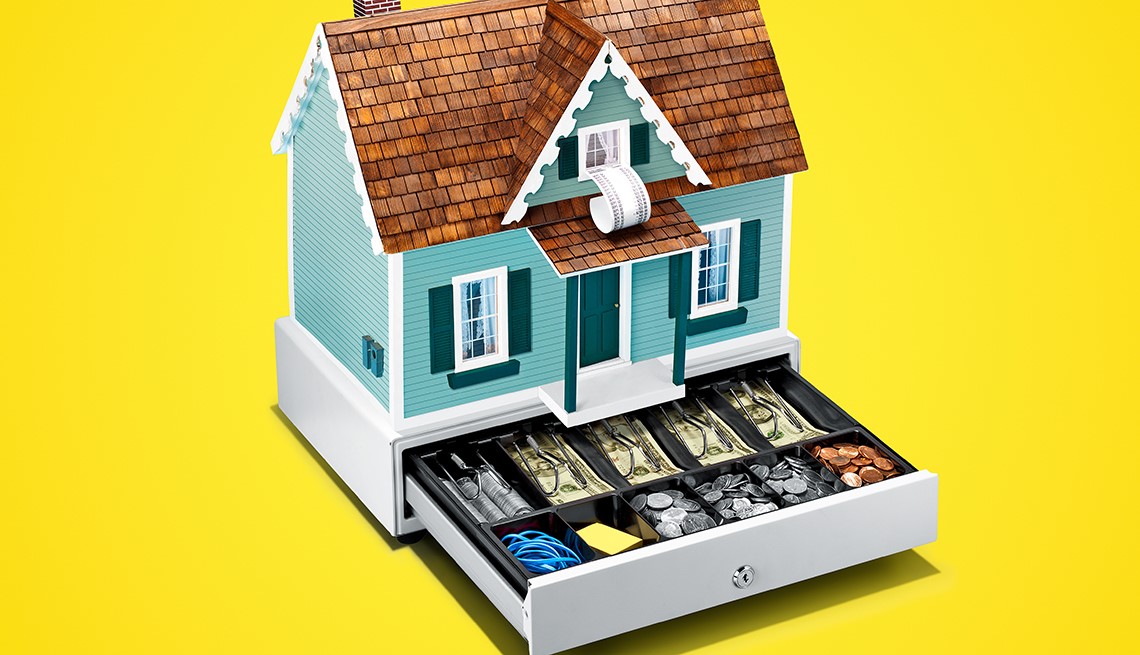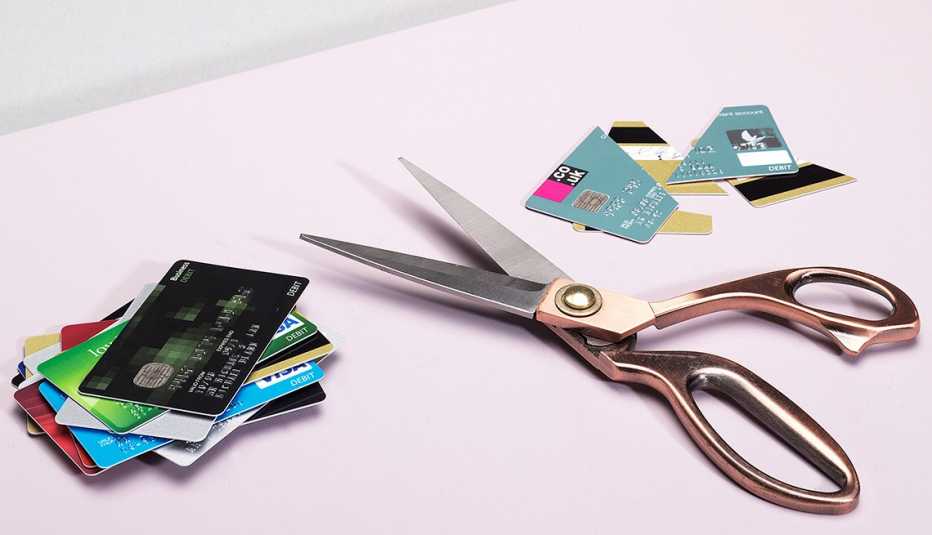Staying Fit
| Home equity loans are heating up, with some 10 million people projected to borrow from their homes over the next five years, according to credit bureau TransUnion. That’s double the number from the previous five years. While some folks will be looking to improve their homes, others may be more interested in refinancing credit card debt or paying for college.
Even though national home values have recovered from the popped bubble of a decade ago, there’s a lot you need to know before wading into this market. Thanks to history—and the 2017 tax law—the rules are very different this time around.


AARP Membership— $12 for your first year when you sign up for Automatic Renewal
Get instant access to members-only products and hundreds of discounts, a free second membership, and a subscription to AARP the Magazine.
Deductibility depends on how the money is used, so do the math. Until the end of 2017, you could deduct the interest on up to $100,000 of home equity debt no matter how you used the money. Now home equity loan debt is deductible only if you use the money to add to or improve the value of your home (the purpose for which these loans were originally designed) and if the total amount of the home equity loan plus your first mortgage doesn’t exceed $750,000, says Zillow Senior Economist Aaron Terrazas.
That doesn’t mean it no longer makes sense to opt for a home equity loan to pay for college or to pay off credit card debt. But you have to do your homework. The mortgage information site HSH.com notes that rates are averaging around prime plus 2 percent, but they range from about 5 percent to more than 8 percent based on the amount of equity you have in your home (more on that in a moment) and your credit score. It might still make sense to get a home equity loan if you want to consolidate double-digit credit card debt. But with the going rate for a federal undergraduate student loan at 4.45 percent, borrowing against home equity to pay for college makes little sense. Take the student loan.
Your home is not a piggy bank. From 2004 to 2006, mortgage lenders practically begged homeowners to pull the equity—sometimes more—out of their capes and ranches. Today, explains Keith Gumbinger, vice president of HSH.com, lenders are allowing borrowers to access at most 85 percent of the value of their property, minus the first mortgage. The upside is that if prices drop again, far fewer borrowers will find themselves underwater (owing more to the bank than what the home is worth). Note: If you are concerned that taking out such a loan might lower your credit score, don’t be. Although it may nudge it down by a few points at first, it will rebound as you make timely payments. It’s much more rational to think twice about the $30,000 you just borrowed.
You’ll likely get a credit line, not a loan. Home equity loans and home equity lines of credit (HELOCs) are both second mortgages. The former are fixed-rate loans, meaning that you pay a stable rate of interest on the whole amount for the life of the loan.

































































